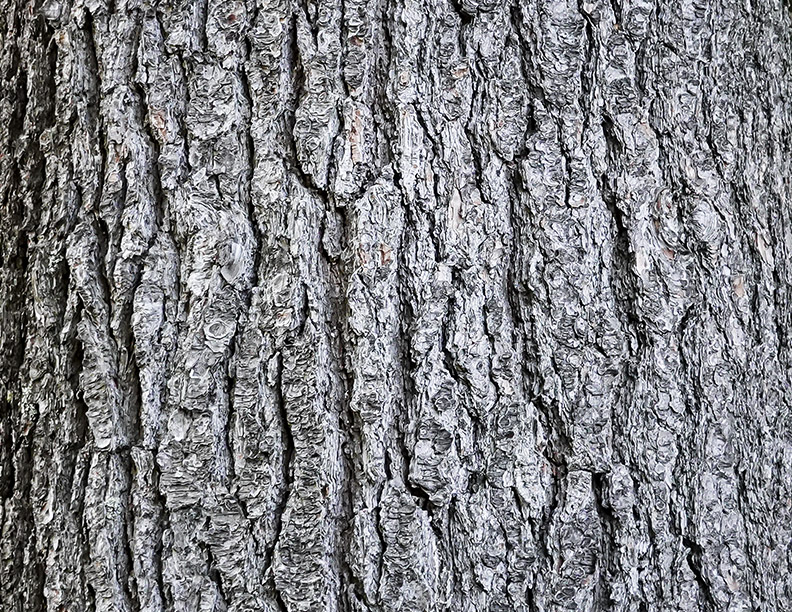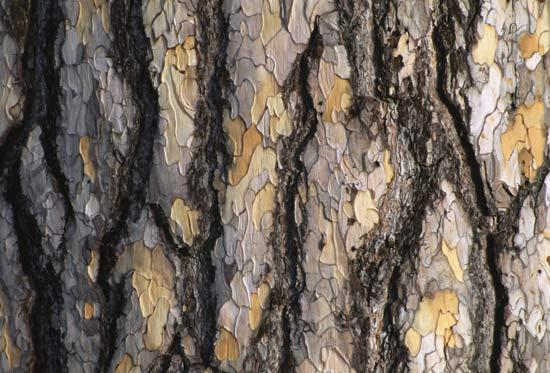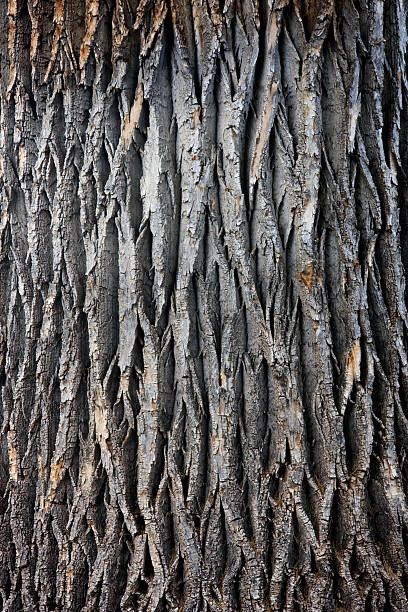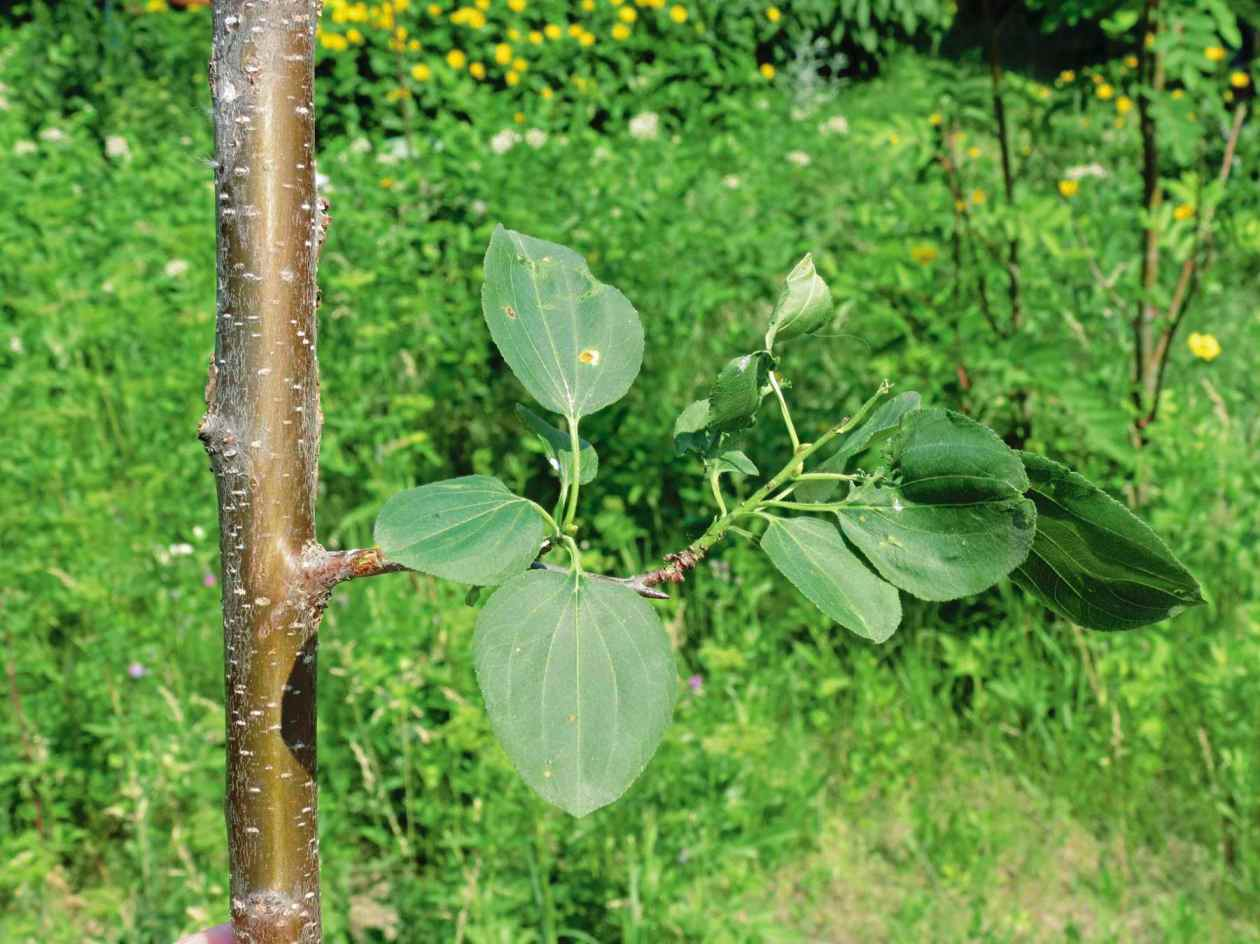EVS 315 Final
1/62
There's no tags or description
Looks like no tags are added yet.
Name | Mastery | Learn | Test | Matching | Spaced |
|---|
No study sessions yet.
63 Terms
Crosswalkers
second foot to land is the back foot, deer, dogs, and cats
gallopers
squirrels, narrow bodied rodents, and hare
jumpers
narrow bodied weasels
waddlers
feet like humans, leave front and back patterns. opossum and bear
patchcut
baby clear cut
clear cut
a forestry practice where all trees in a designated area are removed.
selective cut
A logging practice where only certain trees are harvested while leaving others intact, promoting regeneration and biodiversity in the forest.
release cut
to reduce competition, clearing around desired trees.
edge cut
cutting around edges to allow more sunlight and growth
two dominant hardwoods in climax
sugar maple and american beech
herbaceous plants
These flowering plants play a crucial role in the ecosystem by providing food and habitat for various wildlife species during critical seasonal changes.
spring ephemerals
early blooming plants that emerge from the soil and flower before the tree canopy closes, taking advantage of the sunlight that filters through
summer greens
plants that photosynthesize in shady environments
evergreens
remain green throughout the year and retain leaves year-round
alexander wilson
Scottish American who in the 1800s, compiled an American ornithology that served as a foundational text for bird study in North America, often referred to as the "Father of American Ornithology." Has bird named after him → Wilsons Storm Petrol and Warbler.
Thomas Nuttal
English botanist/zoologist compiled manual of ornithology in 1830s. Has bird named after him → Yellow Billed magpie.
John James Audubon
produced Birds of America. Claim to fame was his artistry and detailed illustrations, which brought the lives and habitats of birds to the forefront of scientific study and public interest. Stuffed birds in natural position and painted them.
Modern ornithology - from shotguns to binoculars
ludlow griscom and roger tory peterson
ludlow griscom
had a new way of working with birds. Identify birds in field in various ways - not shooting them.
roger tory peterson
student of Griscom that introduced in 1934 identifying birds through observation and learning from process
methods of bird identification
color, size, shape, vocalization, behavior, and habitat/range
characteristics of the waterfowl family
aquatic, flattened bill, long necks, precocial, and webbed toes.
dabbling ducks
feed mainly on waters surface by tipping forward, allowing them to reach submerged vegetation and invertebrates.
perching ducks
wood ducks
bay ducks (shallow divers)
mallards
sea ducks (deep divers)
buffleheads and mergansers.
tree ducks
whistling ducks
pond
body of water shallow enough for a rooted plant to exist from shoreline to shoreline
lake
body of water surrounded by land too deep for rooted plants to exist from shoreline to shoreline.
marsh
seasonal body of water characterized by emergent plant growth (grasses and arrowheads)
swamp
seasonal body of water characterized by woody plants
bog
system characterized by a lack of inflow and outflow. Stagnant system and is highly acidic. Lots of carnivorous plants and orchids.
lentic system formations
Glacial Erosion/Deposition
Kettle Formations: as glaciers melted, big chunks fell off and created depression in the land, as they were melting.
Blockage in Lotic Systems
Extinct Volcanoes
Shifts in the Earth’s Crust
littoral zone (life zone)
where sunlight reaches the bottom. Lots of plant growth and life. Shallow water.
limnetic zone (life zone)
open-water zone as far as light exists/penetrates. Active, rich in phytoplankton, and aquatic life.
benthic zone
lowest layer. Area of decomposition → lots of recycling, have both aerobic and anaerobic life.
epilimnion (temperature zone)
upper layer/lake. Area of life cover or warmer water.
metalimnion (temperature zone)
middle lake. Synonymous with the thermocline, this zone represents the transitional layer where temperature changes rapidly with depth.
hypolimnion
lower lake. Coldest part of system.
emergent
plants emerging from shoreline - roots below water, leaves and stems above water.
submerged
made of pond and water weeds. lake support and directly absorb CO2 from water into their leaves.
floating
plants floating on surface, can be rooted and not rooted.
dandelion
good for nutrients, cure warts, carries weeds, and leaves can be used to make wine.
willow
gave rise to the development of aspirin. Chemical salicylic acid.
foxglove
herb from EU changing Western Medicine → from using whole plant to isolating compounds of the plants (Digitalis - speeds up heart)
black cherry
inner bark used for respiratory (heat application, if there is no heat applied, can die of cyanide poisoning).
garlic
terrific killing herb. Is antibiotic viral, fungal, clears cholesterol, bring up mucus from lungs, flavors tomato sauce, and used for deworming
infusion
steeped tea, using the soft parts of plants
decoction
uses the hard parts of plants, bark or roots. Put roots in water, bring to boil, then take off a steep.
tinctures
synonymous with extract. Combine herb with solvent (alcohol). 4 oz of herb in 1 pint of solvent, give it a shake, letting it sit for 2 weeks.
capsules
encapsulating dry herbs into a capsule
oils
distillation process, used as inhalants
compress/poultices
take a cotton cloth, soak it in liquid, apply externally to wound/sore. ex; mustard plant to get blood circulating to help with healing
what trees like to get their feet wet?
willow and cottonwood
what trees tolerate water?
black cherry, white ash, and red maple.
american beech
look like elephant legs
white pine
needles in clusters of 5 and soft.

austrian pine
dark green needs in clusters of 2 and stiff.

white oak
bark is light and rough, acorns mature in 1 year - all the same size, leaves are rounded. family = beech
eastern cottonwood

common buckthorn
family = Rhamnaceae / buckthorn

ash
family = Oleaceae (olive family)
what are the three dominant hardwoods?
american beech, sugar maple, and yellow birch